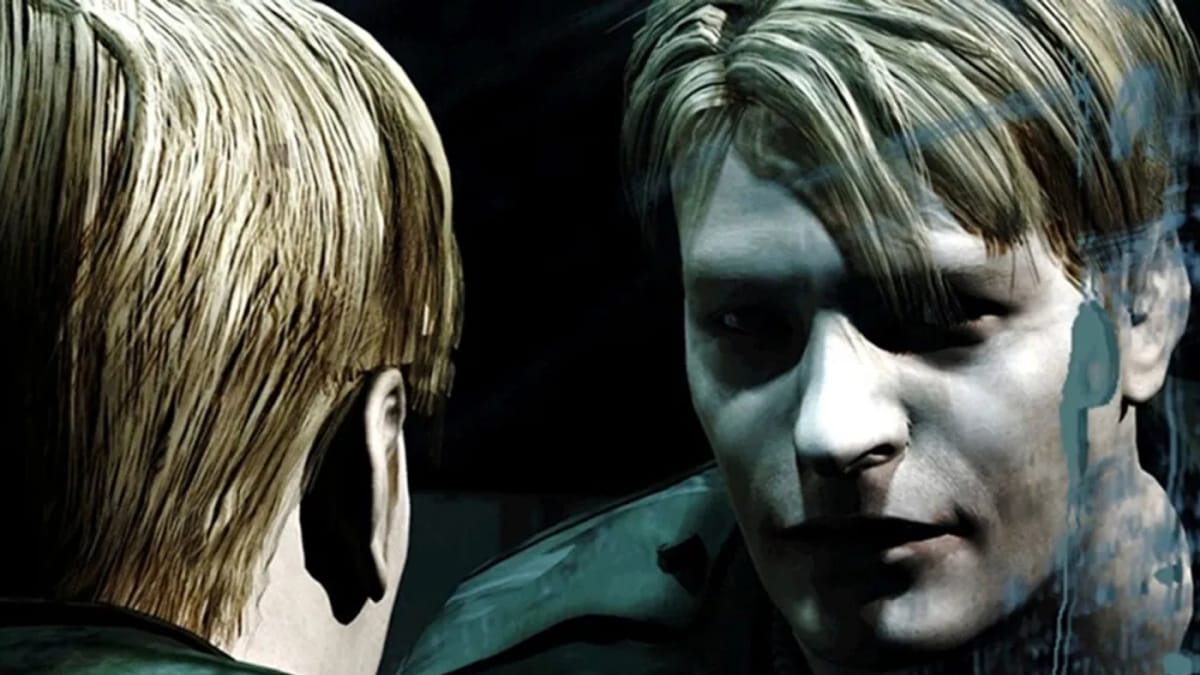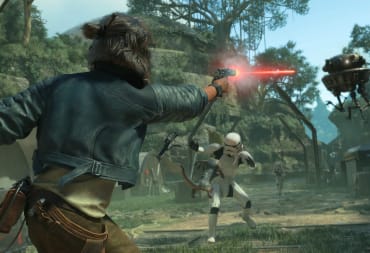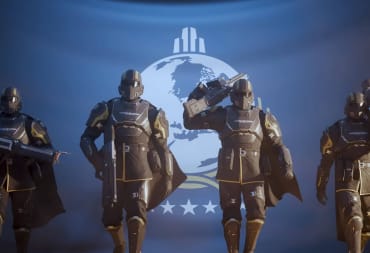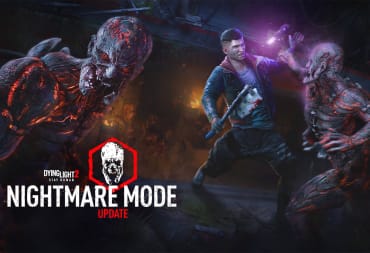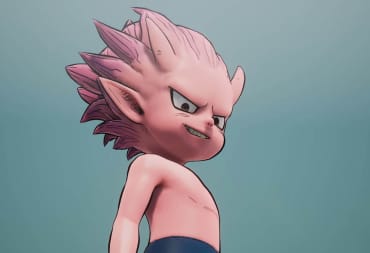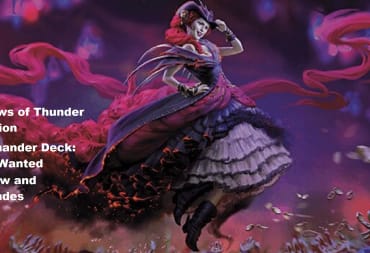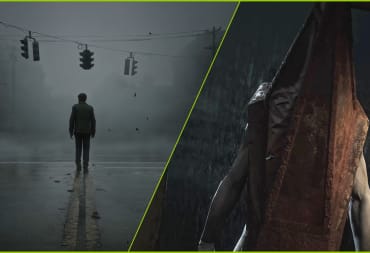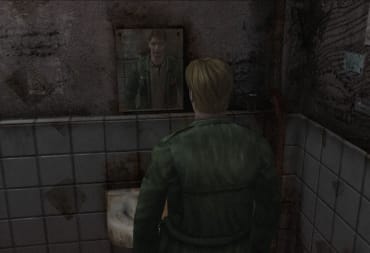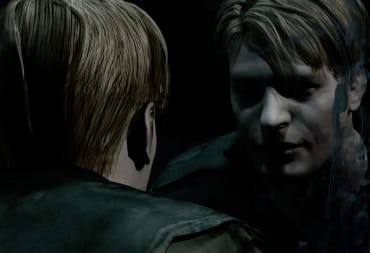This feature is going to be a tough nut to crack, because the protagonist in question is one of the most psychologically complex characters in a video game, in a genre that warrants some prior knowledge before we go into it. Today I want to talk about James Sunderland from Silent Hill 2, the everyman that many games fail to emulate because he is not a trained killer or hardened space marine.
He is a guy who worked as a store clerk; once happily married, he had the unfortunate luck of a tragedy befalling him, but it is from this tragedy that we can witness one of the most thrilling gameplay experiences on the PlayStation 2 and remarkable character growth.
To really grasp why James is such a good character, we need to first mention the genre of survival horror a bit here. It has been discussed in other features how titles such as Alone in the Dark popularized the “standard” design of survival horror in the early to mid-1990s, which has slowly faded into the background as a niche, indie gaming realm in 2016. These games were less focused on combat but heavy with atmosphere, encounter design, and sound design - something the Silent Hill franchise is well known for.
Silent Hill 2, in particular, is considered the landmark title for the series, mostly due to its imagery being the most iconic. I am of course talking about the monstrous creatures, the faceless nurses, and grotesque Pyramid Heads that roam the darkened hallways of our memories. Yet, Silent Hill games and media have constantly used these monsters in each title, with less and less impact because their importance to the plot of Silent Hill 2, and their ties to protagonist James, is lost in translation.
The horror found in Silent Hill is not due to their most famous monsters, but the justification for why those monsters exist, and it is personal and psychological horror over anything else in this case.
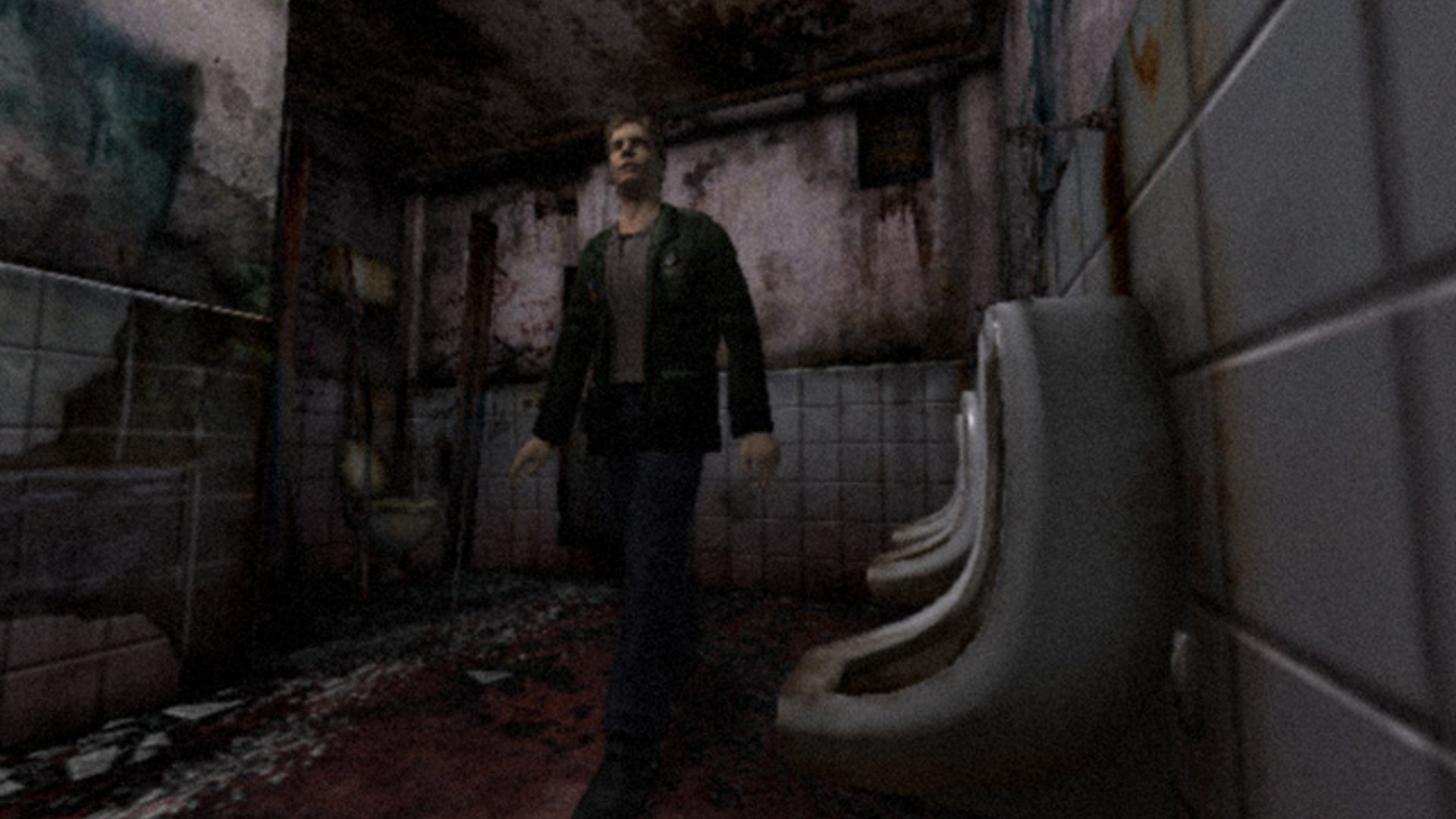
Before Silent Hill 2 begins, we learn that James’ wife, Mary, died of a terminal illness. It was a sickness that took three years of James' life from him, doing nothing but meticulously caring for his dying spouse as she passed on, twisting his character, and setting up the events of the game proper.
When the game does start we see James being drawn to the town of Silent Hill a week after his wife’s death. The reason for this is quite eerie: a note from her posthumously saying to come to the town to find her. From then on the myriad of twists and turns we see pretty much shape the experience we have with James Sunderland, and his story can take multiple paths depending on the actions of the player.
Now there are a lot of aspects of the game itself that just ooze presentation and story elements, so it is worth noting that the game's design is supposed to reflect James' psyche in many ways. The dismembered corpses are all modeled after James, the sexually suggestive enemies are the apparitions of his repressed sexuality while his wife was sick - even Pyramid Head is his anger and guilt manifested in a physical form, tormenting James by their monstrous appearance and asking for punishment for his “sins”.
This is done on purpose of course; James is broken in the game's beginning, and the wasting away of his wife has taken a toll on him that has given him grief and anger with himself, and the world, for his lot in life.
The surroundings also leave subtle hints to James' hubris. One of the best examples is the corpse of James found mutilated in an armchair with a static television in the background, which directly foreshadows the biggest twist in the game for the players - James killed his wife to end both of their suffering.
This dark twist only magnifies the tragedy of James’ character, to the point where psychologically he can be classified as being not only emotionally disturbed but suffering from post-traumatic stress.
PTSD is of course, no laughing matter. The official definition is a mental disorder that is caused by traumatic events, from sexual assault to threats of violence against a person. PTSD is common for military personnel as well, who would witness hundreds of hours of violence in their tour of duty. PTSD also can alter the mentality of a person, leading them to avoid conflict - at least avoid reminders of the trauma that caused their breakdown - or to even suicide.
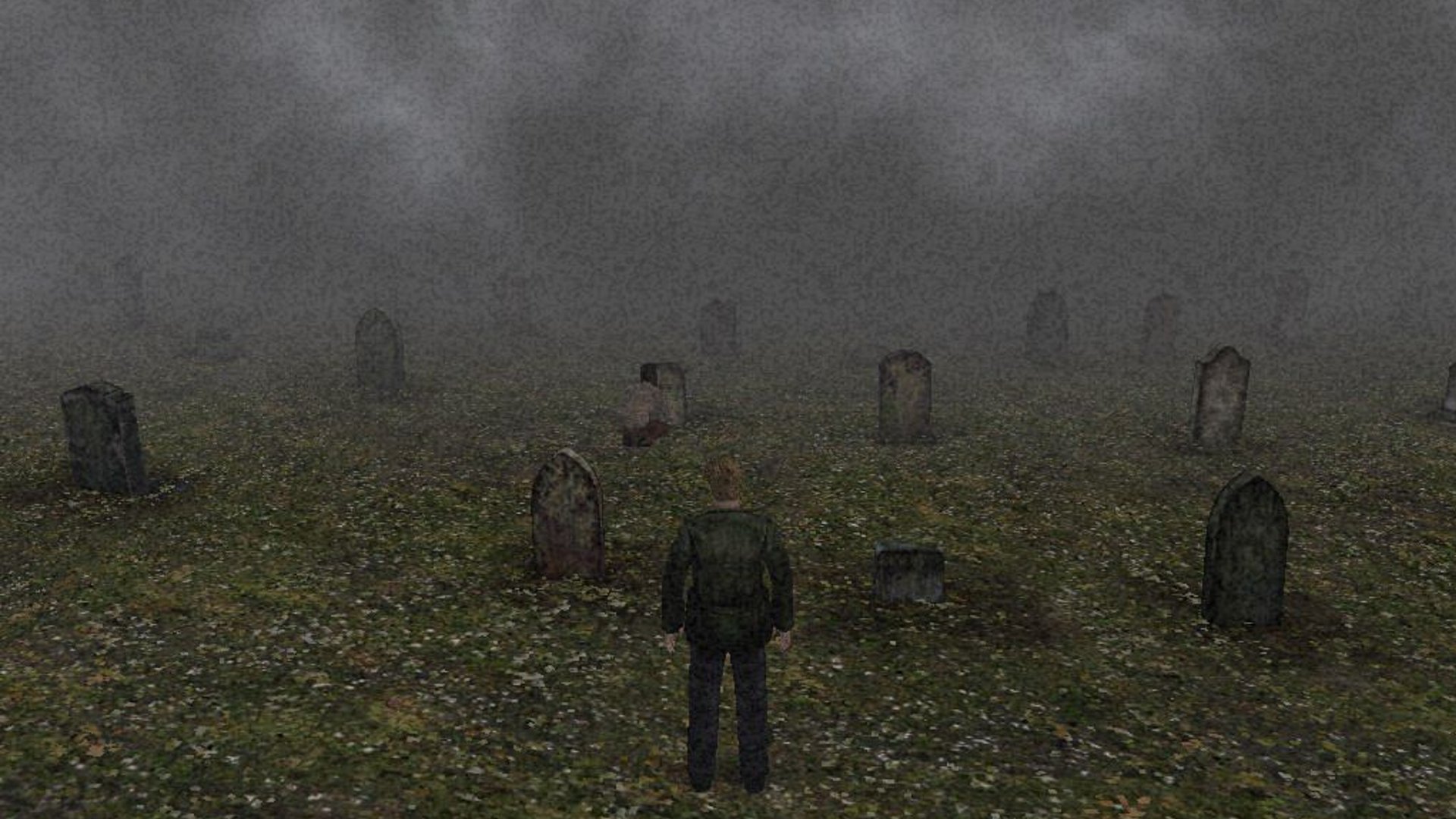
The PTSD that James suffers from is never really mentioned directly in the game but is heavily implied. The guilt of his wife’s death, coupled with his involvement in her assisted suicide, has disturbed James heavily. Much of the events of the game in Silent Hill 2 involve James effectively coping with PTSD, only with a horror element attached because of the exaggerated grotesque world around him.
Everything, from the monsters to the symbolism, is James' fractured psychology wrestling with his desire to not only let go but to not remember what he did, and it can lead to different paths that can make James even more tragic if played that way.
This reveal was also hinted at throughout the game through background foreshadowing and in-game NPCs. Two other characters, Eddie Dombrowski and Angela Orosco, were also drawn to Silent Hill because they both murdered people as well. Angela killed her father because he sexually abused her, and Eddie killed a dog and shot a man because he snapped after being ridiculed for his appearance.
There is also rampant symbolism that these three characters need to atone for their actions and face the truth. In a graveyard, before James fights Eddie in a freezer, you see three open graves with the three characters’ names on them. You also see three tablets in the prison that deal with the sins the characters committed to solving a puzzle.
While both Eddie and Angela can be analyzed separately, what is important here is that James’ real torture is not just sexual repression or feelings of hatred or weakness, but of grief and self-loathing for the actual murder of his wife. All of this combined offers a symbolic smorgasbord of information to interpret. Silent Hill 2 was clever in its approach to the presentation.
It offers this symbolic look at grief, anger, and murder, and creates a moral underpinning of atonement for that murder, set in a psychological horror land that is slowly tearing James apart because of his PTSD.
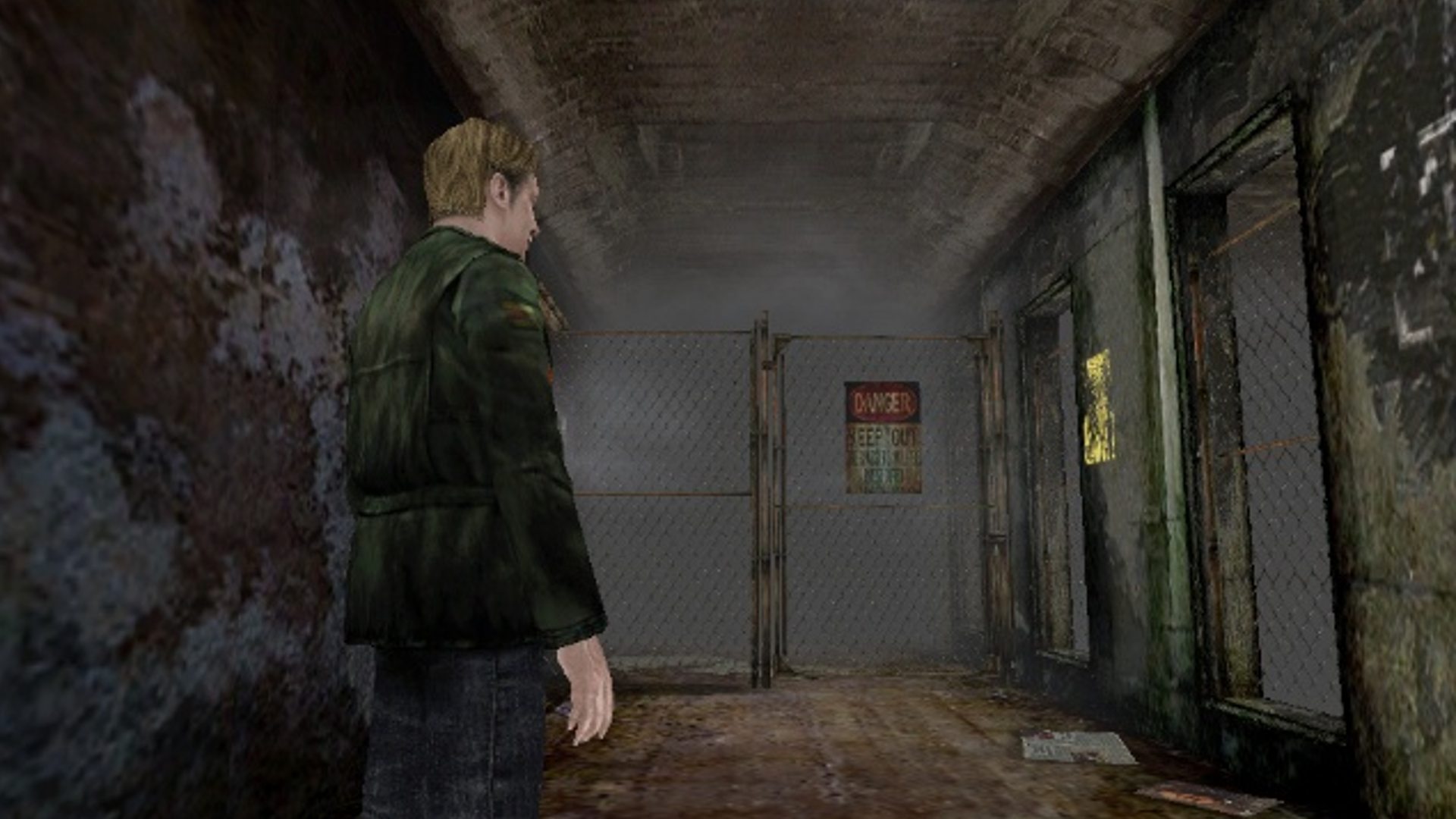
The scene with the videotape, for example, plays out with haunting beauty; James is sitting in an armchair while watching the horrible deed again. The sound cuts out and the picture is grainy, but James becomes lifeless for a moment, even scaring off the young girl Laura, whom he has met and tried to protect from the evils in Silent Hill. The monster has come back to haunt him, and he has transformed into the corpse he feels he should be for his part in his wife’s death. It is from this point that James can go several places in the narrative: does he face his guilt head-on? Does he commit suicide? How does he reconcile with his feelings?
What makes James feel this despair is how he is portrayed. He constantly breaks down and broods over the events that occur around him. He is more of a coward than a fighter, opting to run away from feelings most of the time instead of going against them head-on. This does become a bit melodramatic, but in the moody, dark tones of Silent Hill 2, and in horror games in general, it fits perfectly with the game's pacing and plot.
James also has resentment towards his late wife for the three years of sickness. He admits in some scenes that he hated her for it; although that could also be a façade to sedate his feelings of guilt for her murder, it is never confirmed. What is for sure, at least, is how flawed James is because of these feelings, and it makes him more human than the horrors he encounters in the town of Silent Hill.
His time in the town is to find some form of redemption, be it to suffer and die in the process as it has been implied with the imagery, to find happiness again, or to face the fears that have plagued his mind since he killed Mary. His battle is ultimately with himself, and how to reconcile his feelings.
One of the ways to achieve this redemption is with Maria. Maria is a traditional doppelgänger from folklore. She is a more suggestive and seductive version of James’ late wife who at every turn tries to suggest to James to forget about Mary. Maria is the manifestation of what James wanted from his late wife: someone more energetic, strong, sexually extroverted, and assertive than she ever was. It fits into the doppelgänger stereotype—the “evil twin” that is tempting James to further fracture his psyche.
Maria is extremely unpredictable and in many ways serves as an antagonist to James, even being a final boss fight in some endings. She is what is ultimately holding James back from finding Mary several times in the game, again implying that she is the version of Mary that James wants, but necessarily not what he needs.
She even says several times that she is not his late wife, but overtly implies she can be for him in a more seductive manner. James constantly grapples with feelings of rejection and acceptance with her, seemingly attracted to her but also repulsed by her advances because of who she represents. How you treat her also affects the final outcome; if you protect her and care for her when she is sick, the ending of the game has you escape Silent Hill with Maria over Mary, although it is bittersweet since she develops a similar illness that Mary contracted, which implies a cyclical chain of events will occur.
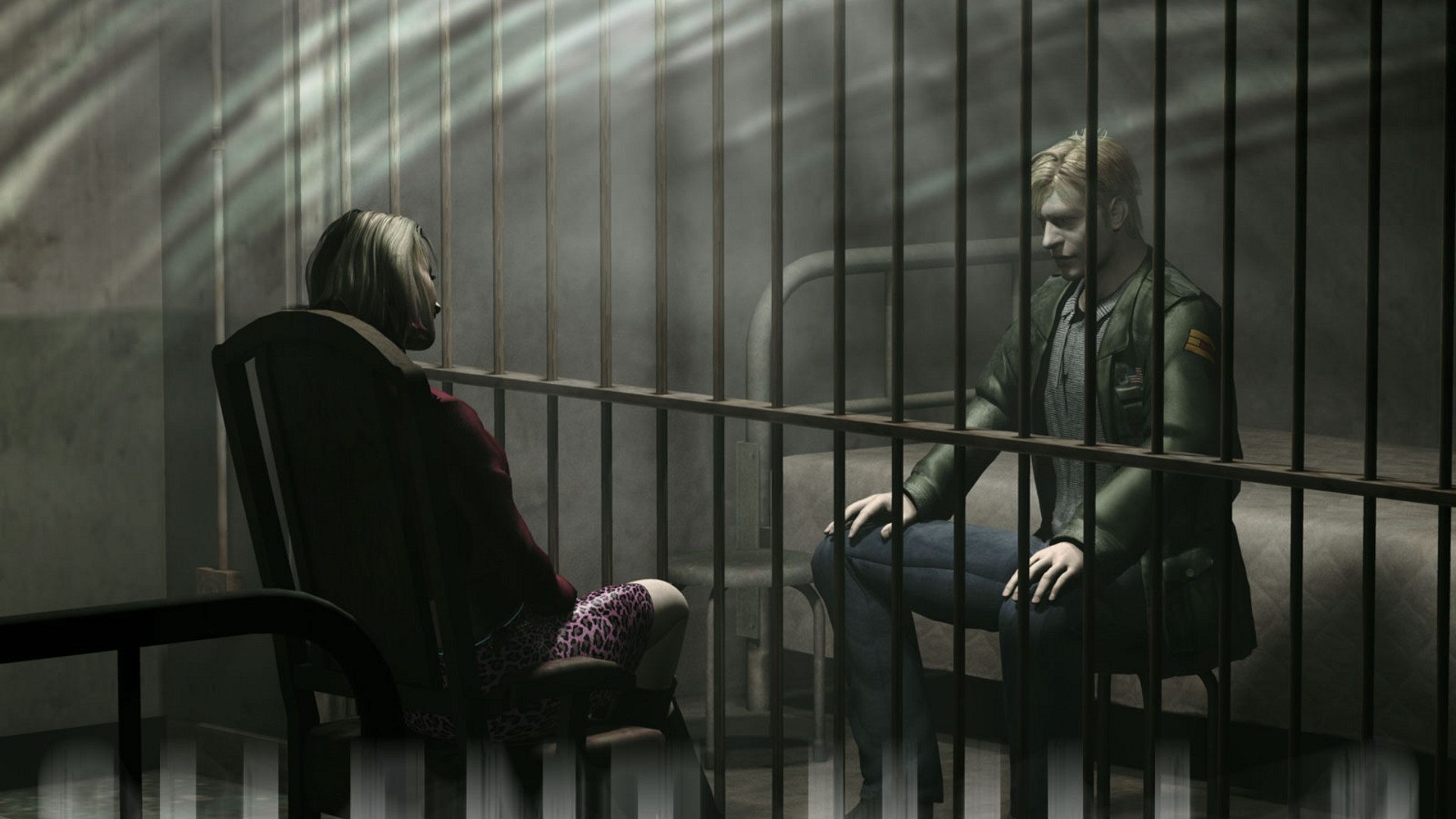
While the game is not clear as to what Maria truly is, the nature of her doppelgänger leads to the important decisions that James must follow. The most iconic moment comes at the end of the game, where Maria is captured and slaughtered for the third time by two Pyramid Heads. James finally breaks down and exclaims how he doesn’t need the monstrosities anymore and proceeds to fight two giant Pyramid Heads in combat.
As stated before, the Pyramid Heads represent the feelings of punishment and guilt James went through from killing his wife, and physically they are there to remind James of this fact by killing Maria constantly—the ultimate manifestation of his PTSD, unkillable, unstoppable and indestructible. It is only when he finally faces his fears instead of running away from them, the monsters commit suicide on themselves, becoming a representation of James' own atonement. From here on he has the likely choice of rejecting Maria for the last time, or ironically rejecting Mary if the ending is given.
Because of the non-canonical nature of Silent Hill 2, six endings can occur. Two are joke endings that have no bearing on the overall plot, while the other four can go different ways depending on the actions of the player. One already mentioned was how James would leave with Maria as she developed a sickly cough.
The other three involve James and Mary, and each one of them is tragic in their way. James' PTSD, emotional breakdowns, and substantial rebuilding of his own psyche is a difficult journey for anyone, but the ending choices can lead to James either committing suicide to be with Mary, attempting a ritual of sorts in the middle of the lake to revive Mary, or being able to reconcile his bitter feelings and guilt for her death with her, finally leaving Silent Hill behind with the young girl Laura in tow.
It has been stated that no ending is officially canonical, with only the developers choosing their favorite endings as their personal preference to how the story concludes. In truth, this is a smart decision that leaves the ultimate fate of James up to the players to interpret what happens. While my personal opinion on the matter is that certain endings are better than others for the development of James’ character, each ending supplies an emotion that is paramount to the coping mechanisms we use to survive emotional trauma.
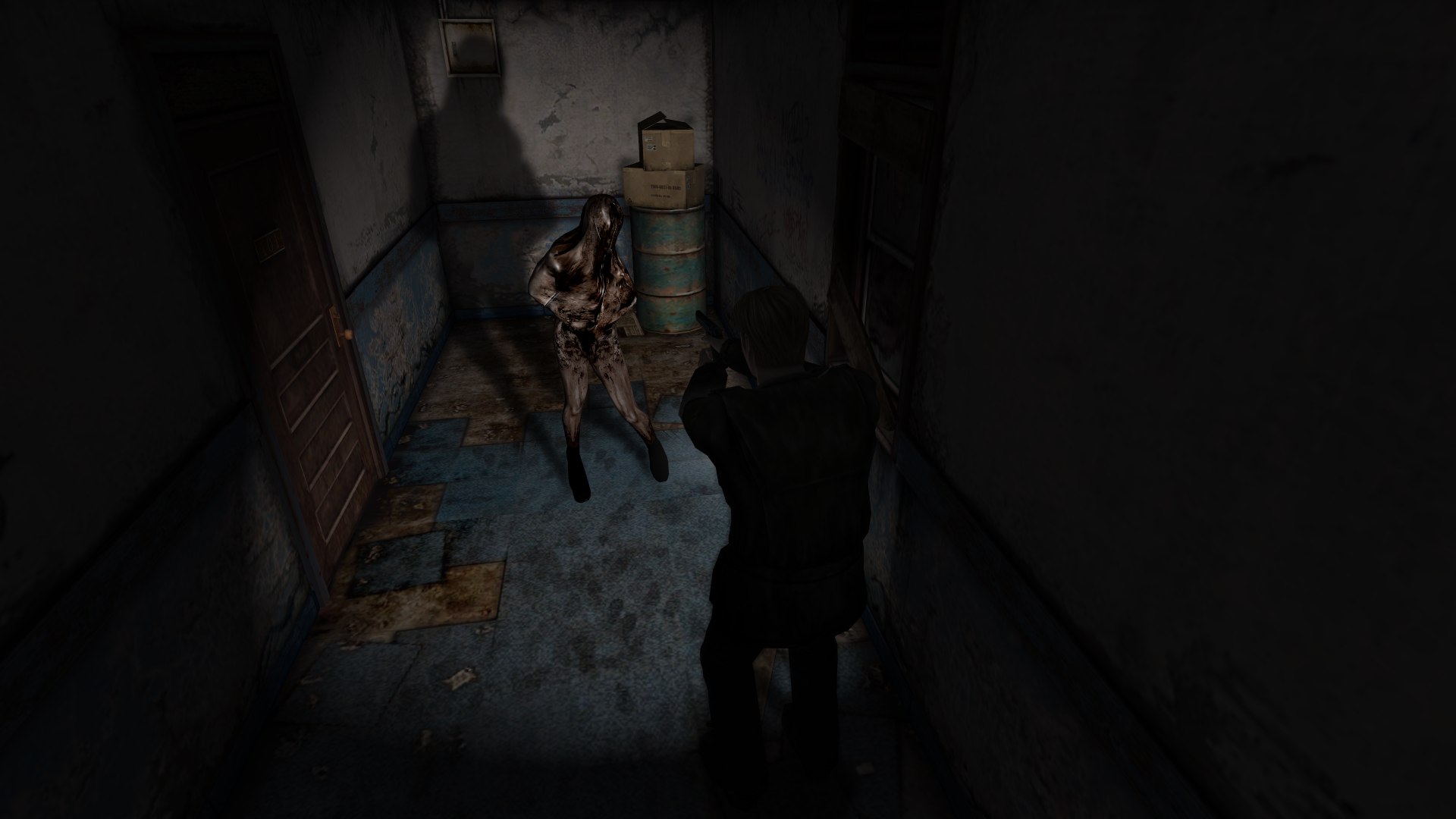
Suicide through loss, for example, shows despair and grief that is unconquerable. It doesn’t mean it is the right course of action for anyone to follow, but it is an action that, no matter how irrational it may be, can occur in people if pushed to the limit. Attempting to use the occult to resurrect the dead can show delusions and false hope to the extreme.
Reconciliation with the dead can lead to someone overcoming their fears, anger, and guilt to live a better life. And finally, the ending with Maria implies someone moving forward, but who is still cautious and living with the past mistakes as emotional baggage. Each non-joke ending has interpretations that can mean many things for James and for the people playing, but each end has an element of human quality to them that makes them all poignant and important in the grand scheme of things.
James Sunderland ultimately is a human wrestling with emotions. The manifestations of Silent Hill are his mind’s eye, creating a physical world for him to deal with his PTSD, to either embrace his pain or try to escape it is his choice, and all of the obstacles lead to him facing the truth first to make that choice. He is dynamic, sympathetic, tragic, and remorseful all at the same time - simply put, James is us. He is every human being who has gone through feelings of loss due to a terrible tragedy, dealing with his inner demons twisting his mind and warping his soul.
It is through this the true horror of Silent Hill 2 manifests; it can happen to any of us. Those feelings of despair, loss, grief or anger are all emotions we control at all times but lose control when the hinges are replaced. The symptoms of PTSD in James transform his actions into a horror show, one that is inescapable to him because of the trauma it caused. His struggle is our own, magnified by that horror into one that is inescapable as life moves forward.
But we can take solace in the fact that facing our fear and confronting our feelings of remorse, regret, and guilt can be conquered with perseverance and courage if we face that fear.
This post was originally published in 2016 as a part of our Character Select series. It's been republished to have better formatting.
Have a tip, or want to point out something we missed? Leave a Comment or e-mail us at tips@techraptor.net
